Quaise Energy will drill down to 500 degrees Celsius and use the resulting steam to power turbines to generate electricity.
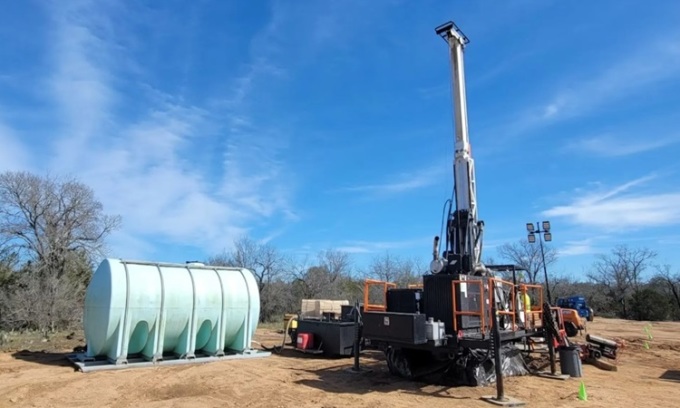
Quaise Energy's drilling technology test site. Photo: Quaise Energy
Quaise Energy, a technology company from the Massachusetts Institute of Technology (MIT), plans to vaporize rocks in the Earth's core and tap into deep geothermal energy. The company says it can quickly generate electricity at the terawatt scale and provide carbon-free energy while taking up only 1% of the land area of other renewable energy technologies, Interesting Engineering reported on March 15.
Wind and solar projects are booming as countries move toward net-zero carbon emissions. But both technologies require large-scale construction to provide low-cost, carbon-neutral energy. Because land is a limited resource with many other uses, including agriculture, housing, industry, and maintaining forest cover to cool the planet, renewable energy projects are moving offshore, driving up costs.
However, geothermal projects have the potential to generate large amounts of electricity while using less land. The technology relies on drilling into the ground. The deeper the drill, the higher the temperature that can be harnessed to generate electricity. However, the obstacle lies in the ability to drill deep. The deepest hole ever dug on Earth is the Kola Superdeep Borehole (12,262 m). It took 20 years to complete. That is a very long time frame for a geothermal project. Quaise Energy plans to drill even deeper, up to 20 km.
At this depth, the temperature in the Earth's interior rises to 500 degrees Celsius. The steam produced at such temperatures is similar to the steam used in thermal power plants that burn coal or liquefied natural gas. Quaise Energy plans to replicate this method of generating electricity using this type of heat and calls it deep geothermal energy.
According to the company, a large deep geothermal plant could generate 10 times more electricity than conventional geothermal sources, providing continuous baseload power around the clock and access to clean energy on a small area of land. To achieve this goal, Quaise Energy is leveraging MIT’s experience in developing lasers for fusion experiments to drill through rock. High-energy millimeter microwaves, which are used to heat the plasma in fusion experiments, vaporize the rock. To reduce the costs associated with a new power plant, Quaise Energy will buy a coal-fired power plant and use large deep geothermal technology on site to generate electricity with existing infrastructure and labor.
In its most recent funding round, the company raised $21 million from investors. Quaise Energy will use the funds to improve its understanding of geographic locations and conduct magnetic and seismic surveys to identify favorable locations for pilot projects.
An Khang (According to Interesting Engineering )
Source link



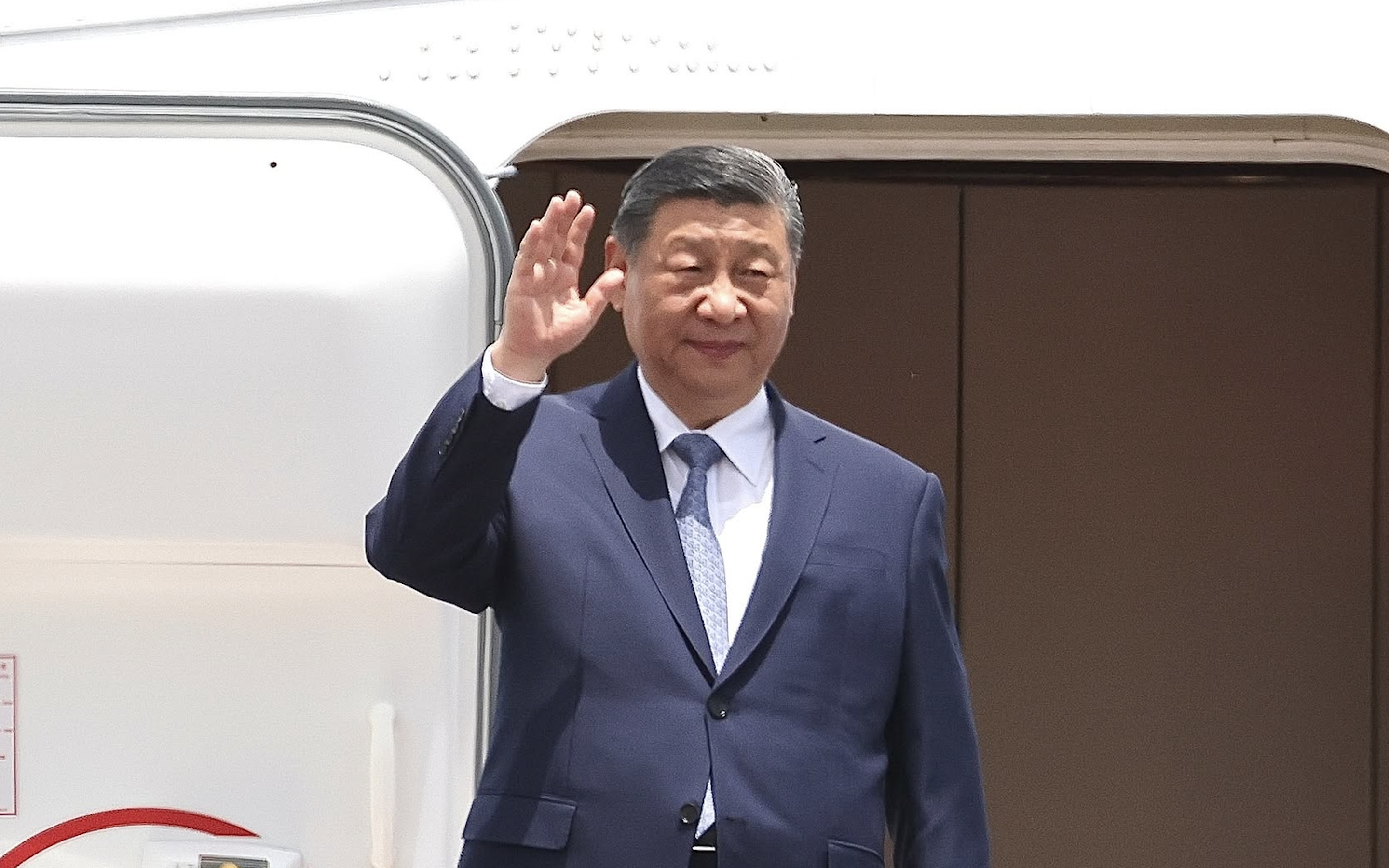
![[Photo] General Secretary and President of China Xi Jinping arrives in Hanoi, starting a State visit to Vietnam](https://vstatic.vietnam.vn/vietnam/resource/IMAGE/2025/4/14/9e05688222c3405cb096618cb152bfd1)

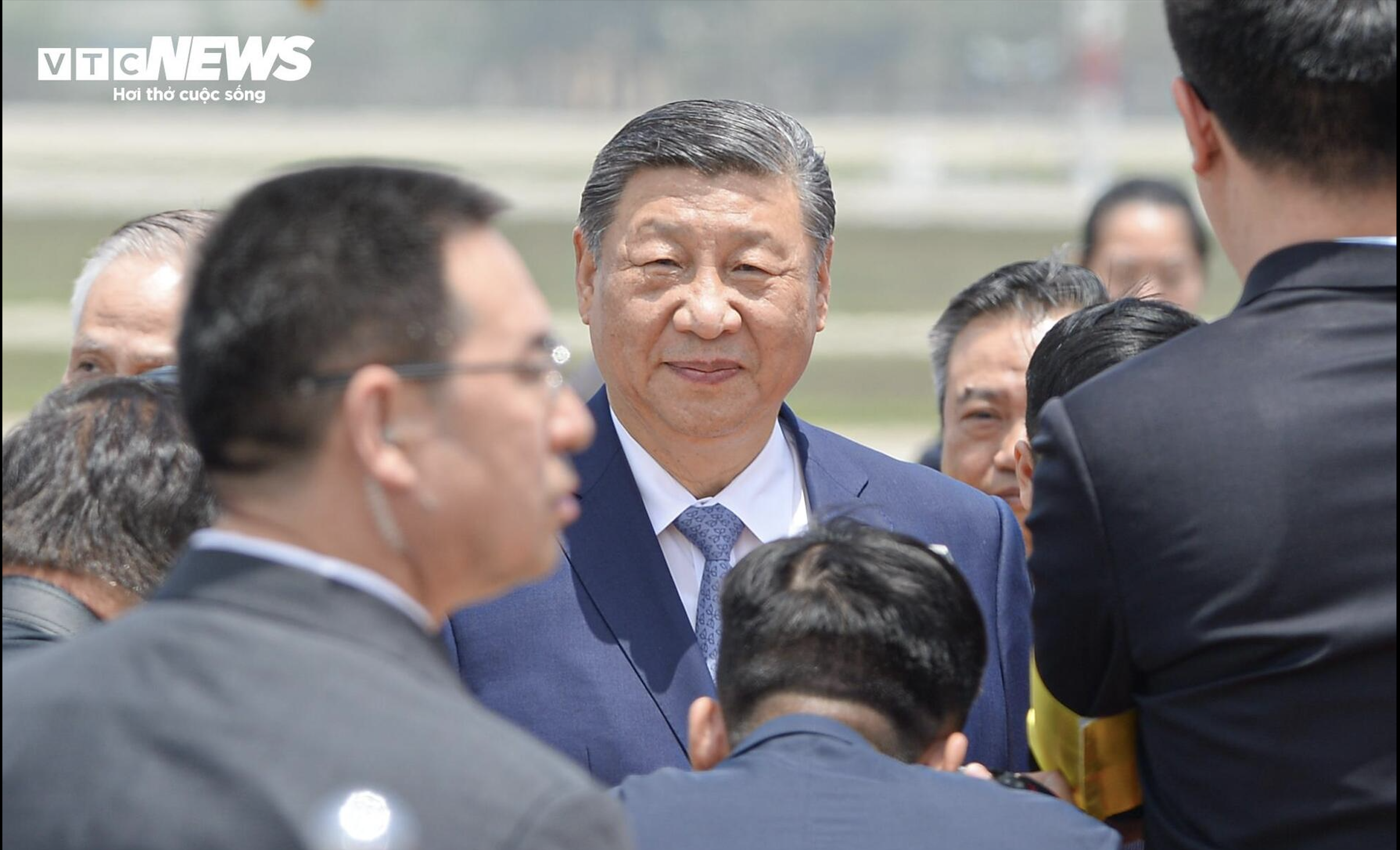







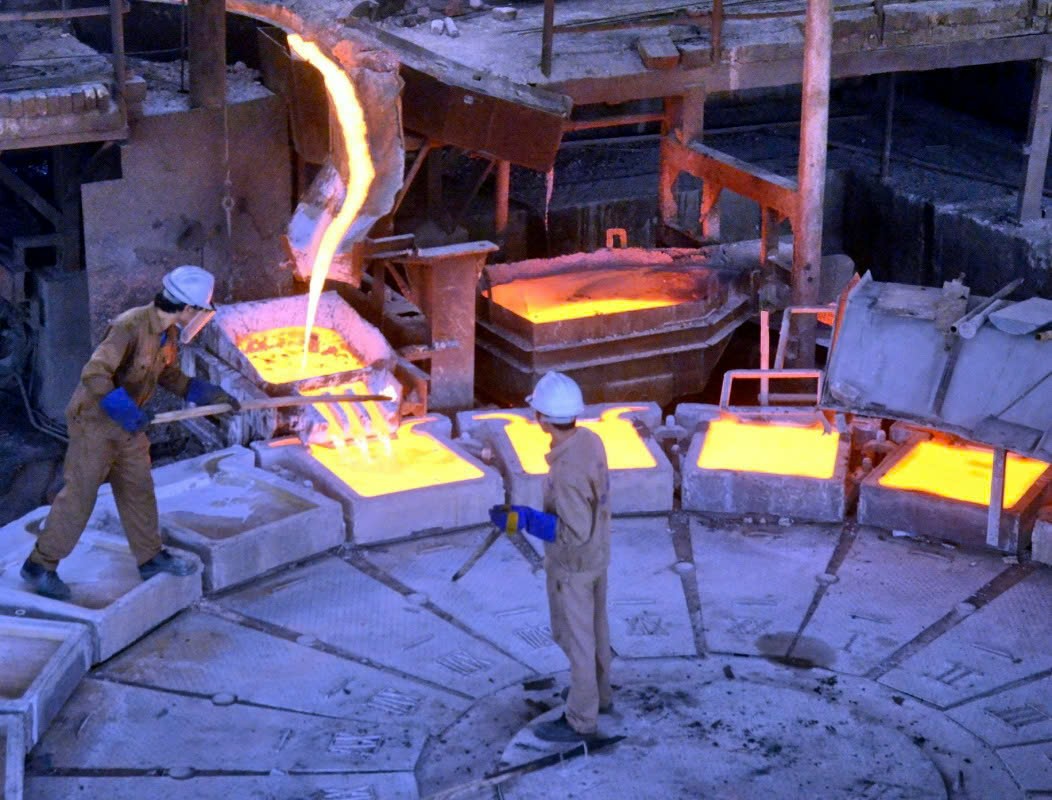



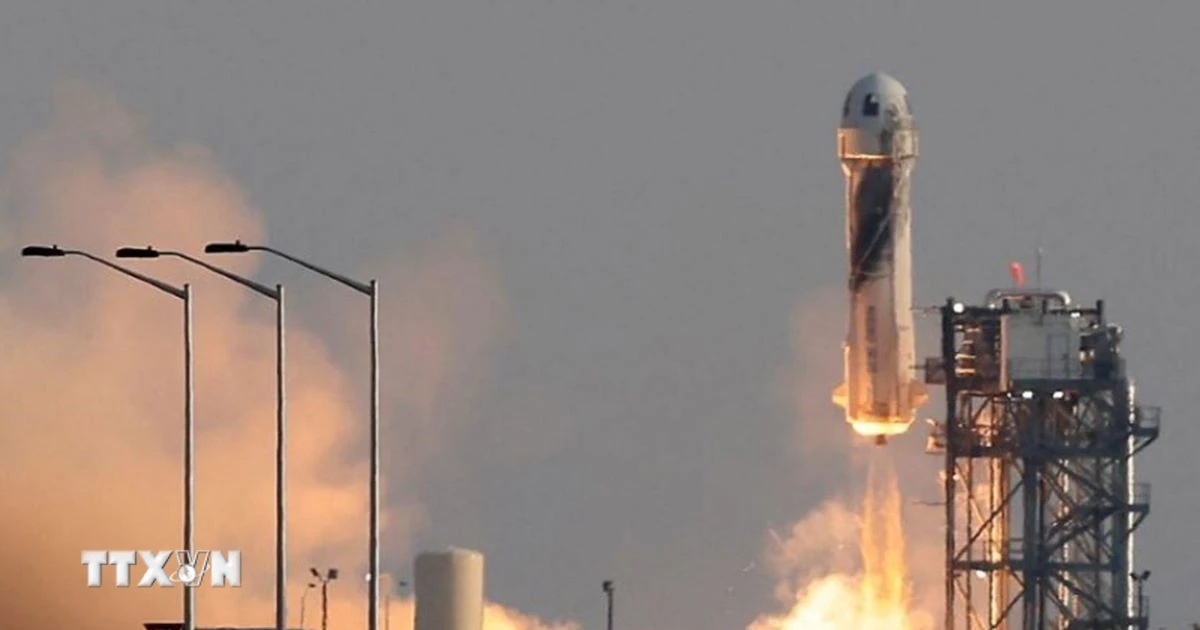






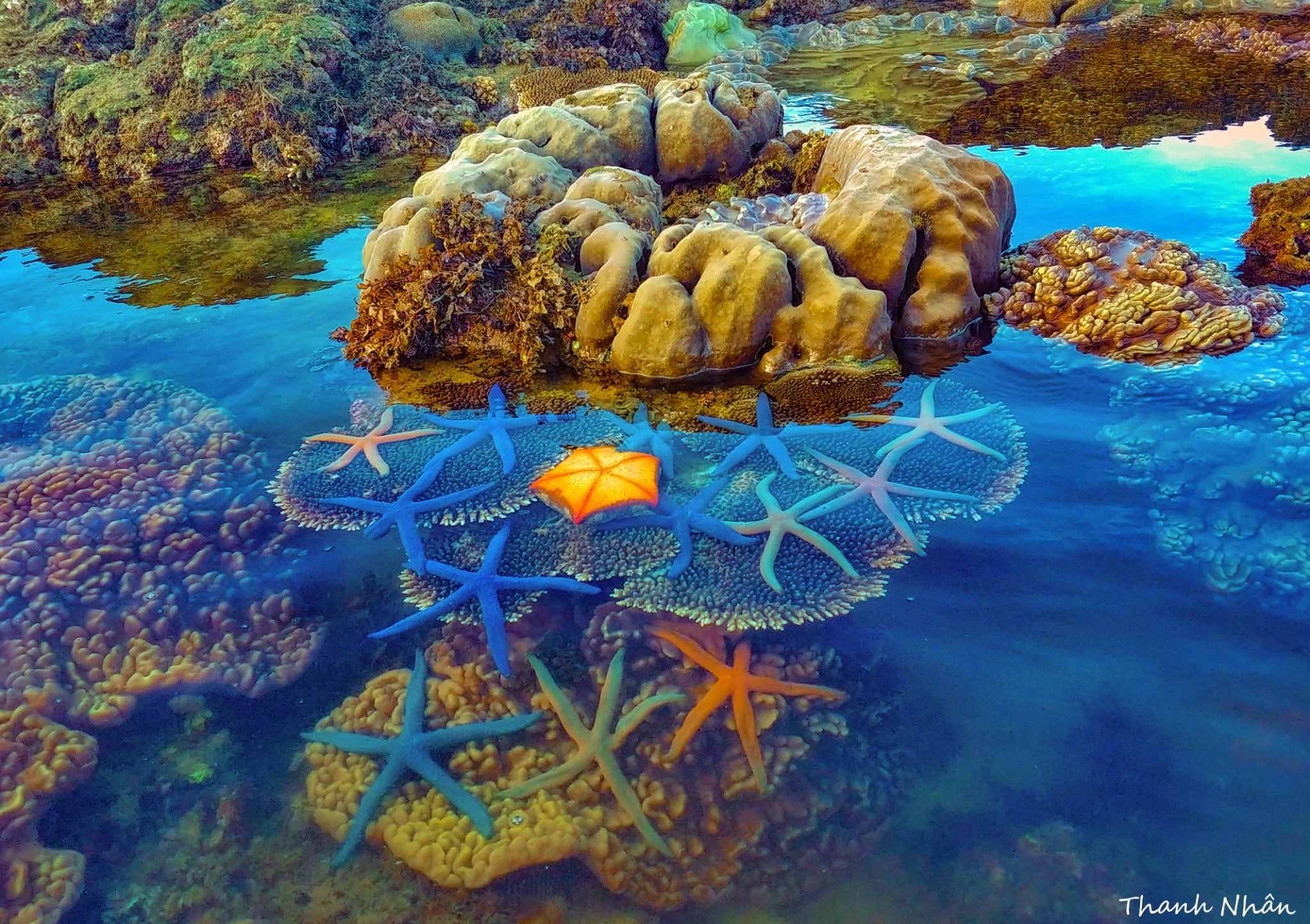







![[Photo] General Secretary To Lam chairs the third meeting to review the implementation of Resolution No. 18-NQ/TW](https://vstatic.vietnam.vn/vietnam/resource/IMAGE/2025/4/14/10f646e55e8e4f3b8c9ae2e35705481d)

































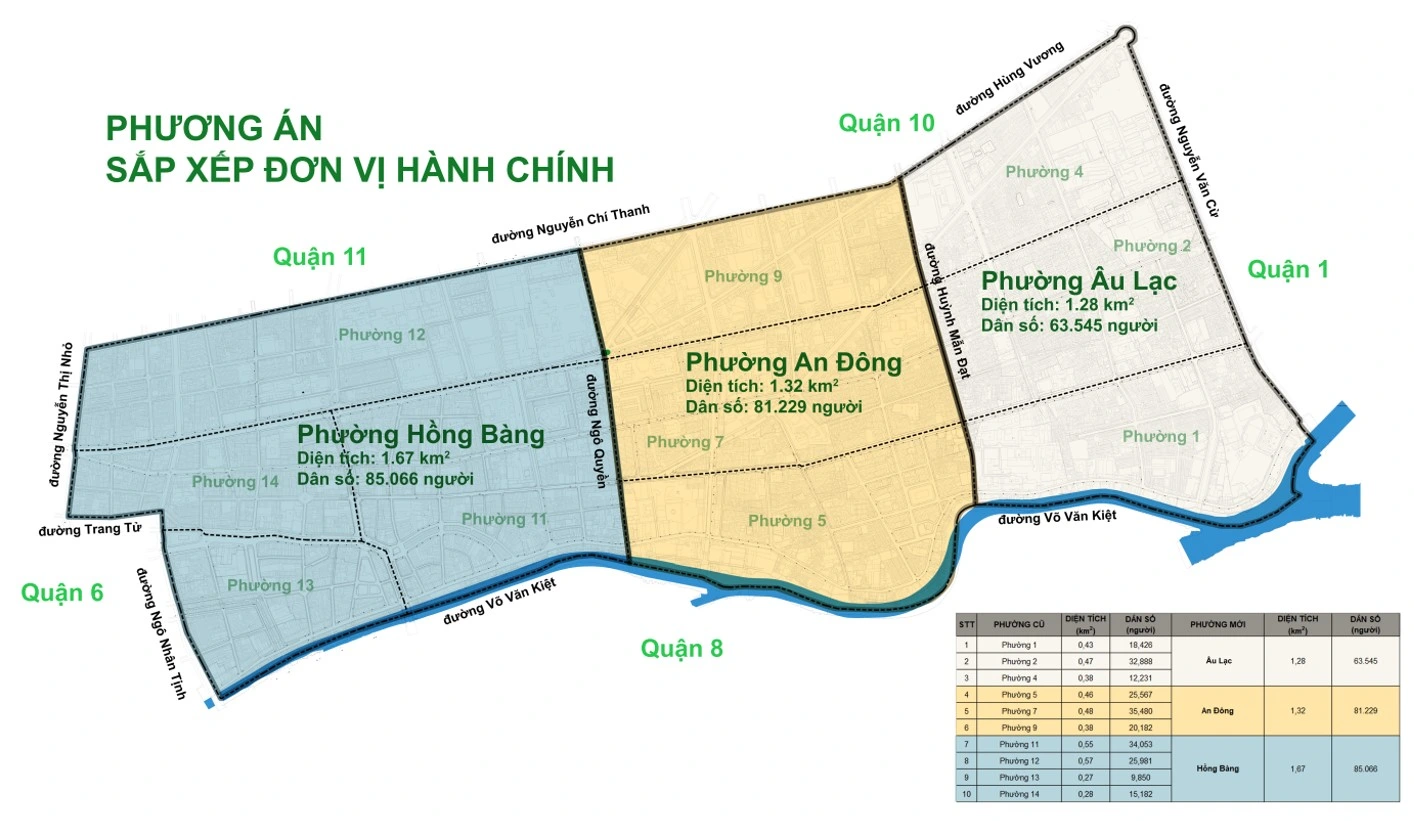


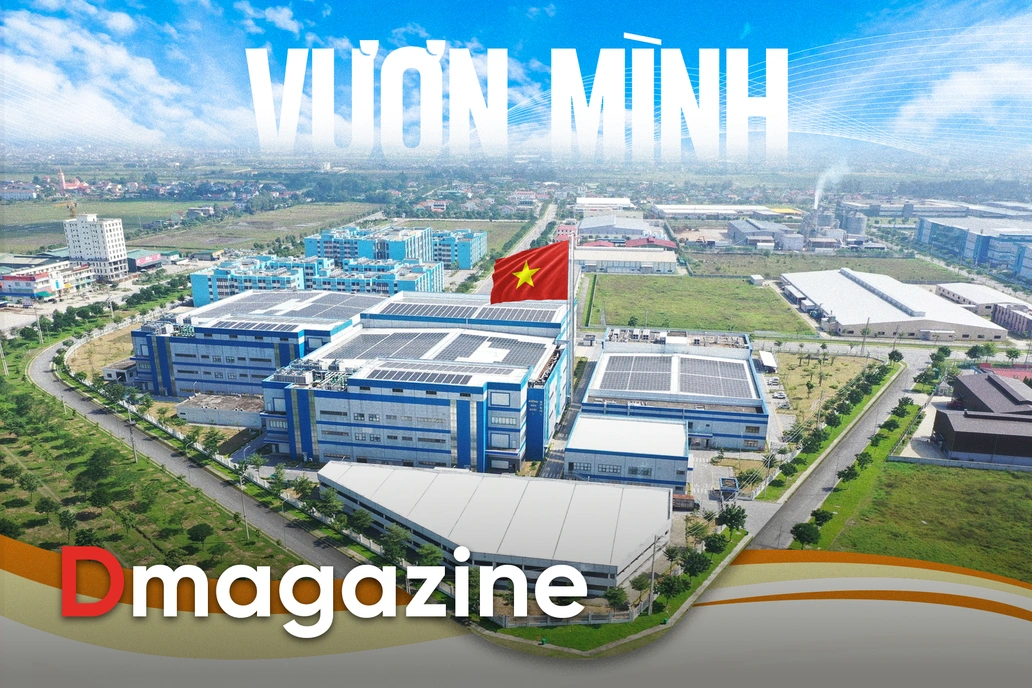










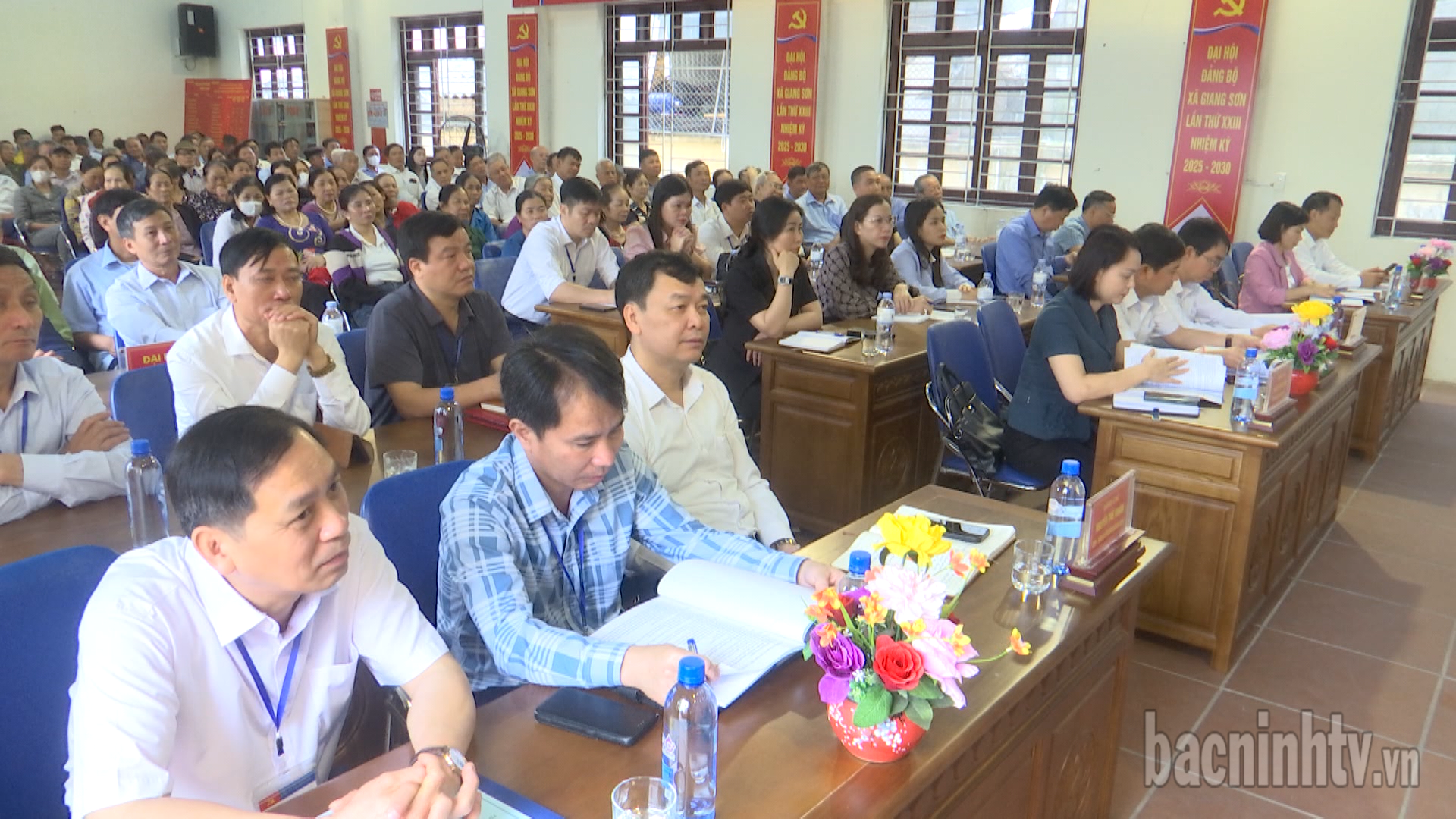


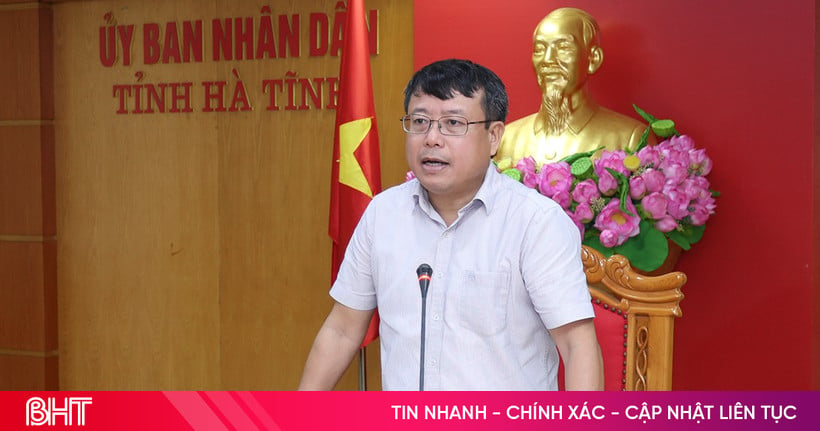





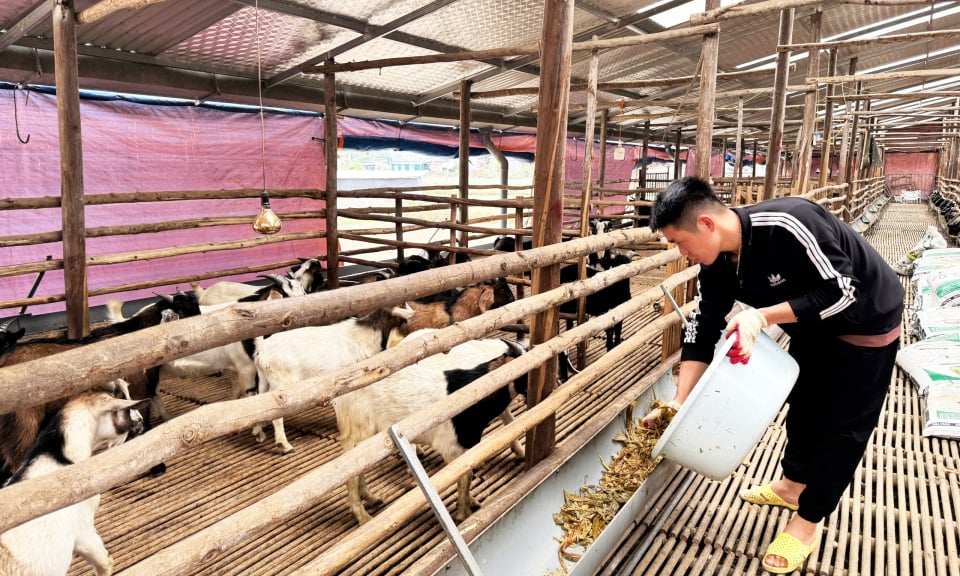








Comment (0)